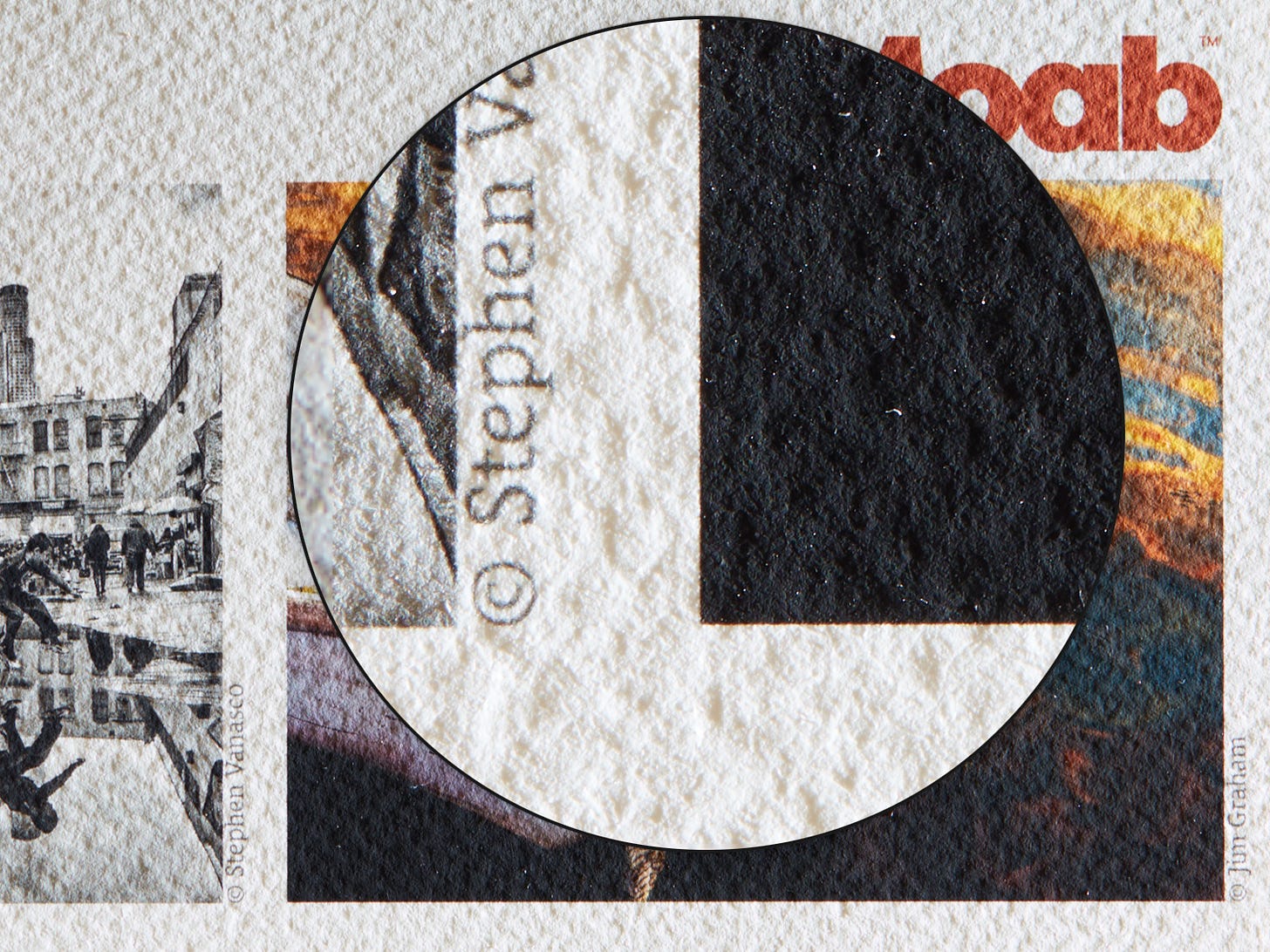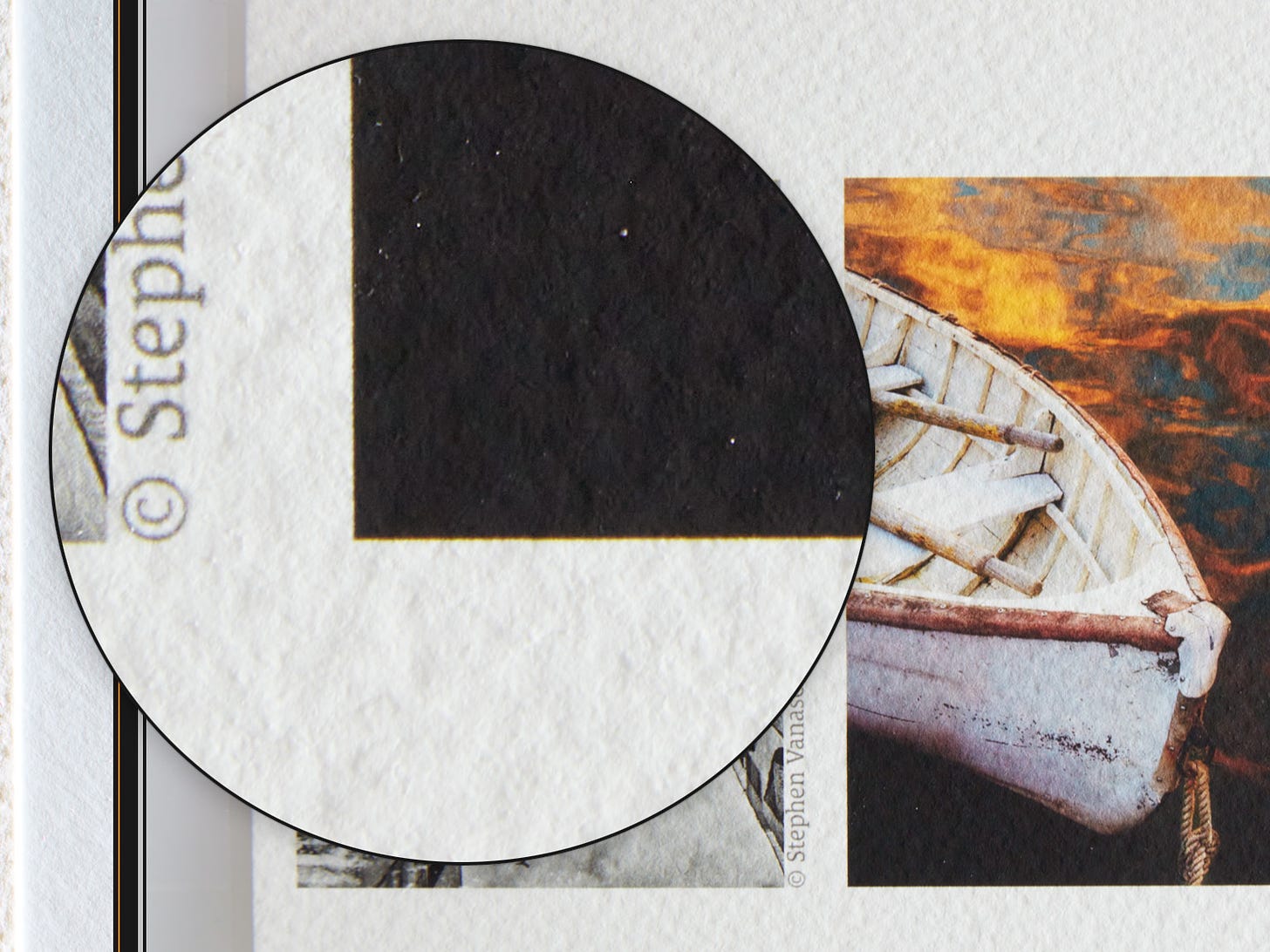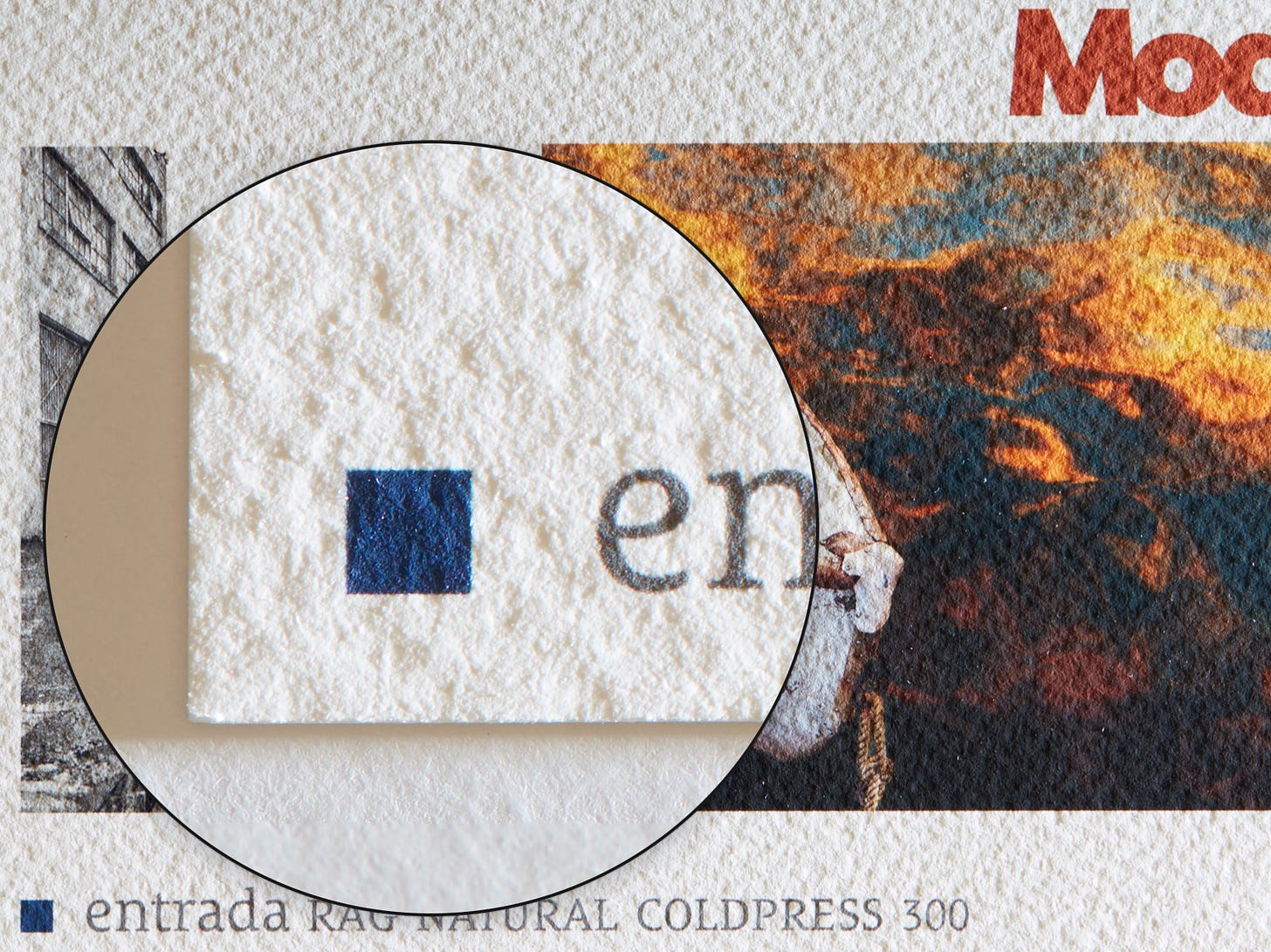I use my ancient Canon 24-105 f4L lens far more than any other lens I own. Yes, it’s the lowly version one point zero that’s been bundled as a kit lens with Canon 5D cameras since the 5Dmk2 (I think). Like many other people who’ve owned this lens, I accidentally acquired it because it was almost free. In my case, I got my copy with a ”new open-box” 5Dmk2 camera. I didn’t think I wanted it but why not, it’s free and the cheapest way I could get the body at that moment.
Fast forward a very long time and it has proven to be in actual fact my most used lens ever in terms of the number of frames made and more importantly frames used. Even though I ventured away from Canon and back more than once, this lowly lens has been with me since I acquired it. It’s worth “nothing” in terms of dollar value. You can probably find someone willing to give you a copy they never used because they upgraded the minute they got theirs (probably in a kit just to get the body it came with).
The Night & The Day
Today’s topic is showing you that lowly kit lens in its worst light, the one thing it does very badly. It falls down hard when attempting a flat field of focus at its closest focusing distance at the extreme long end of its range. The lens is a joke at 105mm at minimum focus distance where the entire field of view is supposed to be in focus. In other words, copy work.
As a comparison, I’ll show a lens that is very good at close distances and flat field copy work in the same focal length neighborhood. That lens would be the Canon 100mm f2.8L Macro. A lens purpose-built for the kind of pictures I was making that day.
The other item of note is that the lighting is slightly different. Visually the light is completely different. Technically it’s only 2 or 3 inches different in height and a 7” Profoto reflector vs. a bare flash tube with a clear glass dome. Visually the sharper lens is coupled with a far larger contrast ratio between shadow and highlight giving the visual edge in “sharpness” to the much “better” lens. When I say worst case, I do mean worst case. Sharp lighting paired with a sharp lens and softer lighting paired with a sharper lens. The contrast difference between the two lenses is mostly due to lighting effect.
Of course, there’s a difference but if lit the same way either would be okay at any normal reproduction size and associated target viewing distance. Now let’s venture out to the far corner and take a look.
That 100mm L series macro lens is really good close and on flat objects. Brace yourself for the horror show you are about to be assaulted with. This is the kind of image people show you when they want to prove a lens is trash and warn you about even mounting to the front of your camera.
What Does This Mean?
I didn’t make these pictures on purpose to show the worst weakness of the 24-105L Canon. It was an accident. I had to turn around a picture quickly and all I had with me was that 24-105L. I took a quick tethered test shot and didn’t even bother fine-tuning the lighting. I already knew the 24-105 was extremely iffy under exactly these circumstances. The test shot confirmed I could not use that lens to make this kind of picture.
Why didn’t I have my good glass with me? Simple, I didn’t plan on doing that specialized job. Flat, close-up copy work is quite specialized. I have zero reservations when using that lens for general still-life, portraits, scenic, documentary work of all types, and generally anything that is not absolutely minimum focus distance that’s flat and needs to be sharp across the frame. Are there other circumstances where I’d use any of my great glass options? Sure there are but they fall into the 10% of edge cases and I’m not surprised much when I need that good glass.
In most cases as proven in my own very varied picture-making circumstances nobody could ever see the difference, in many cases even in larger prints side-by-side.
We all lust for that great glass. Typically big, heavy, fast, perfect, expensive glass. I think it’s part of our nature. A long time ago I felt pangs of regret when I didn’t lug my better lenses with me. Then there were times I did lug all of my perfect lenses with me along with my do-it-all 24-105L. I started to notice that with almost no exception it made very little difference and in many cases no difference when faced with selecting images made of the same subject matter across my “good glass” vs. “my good enough glass”.
I’d have to try very hard to figure out if there was ever an occasion I picked one image over the other purely due to the lens I used in terms of better image quality. There may have been a few but I’d say other factors were far more important. I look at a lot of pictures of a lot of scenes and I have to say almost any lens made in the last two decades used properly is fine.
The difference is mostly in edge cases and that’s where specialized glass beats the pants off any particular general-purpose lens no matter if the general-purpose lens is the best there ever was or “good enough”. Today’s illustration is such a specialized case, another would be a tilt-shift lens or technical camera vs. the best general-purpose lens ever made. There really isn’t that much truly in focus in most pictures no matter what.









As a 1st AC working in film, it's interesting how lenses for both narrative and commercial work are often chosen for their weird quirks, level of distortion or the way they render certain tonality in color. The most optically perfect lenses I rarely get my hands on, but with stills-lenses they're promoted quite the opposite way around.
I got A Canon R5 with the 24-105L and it is an excellent performer.